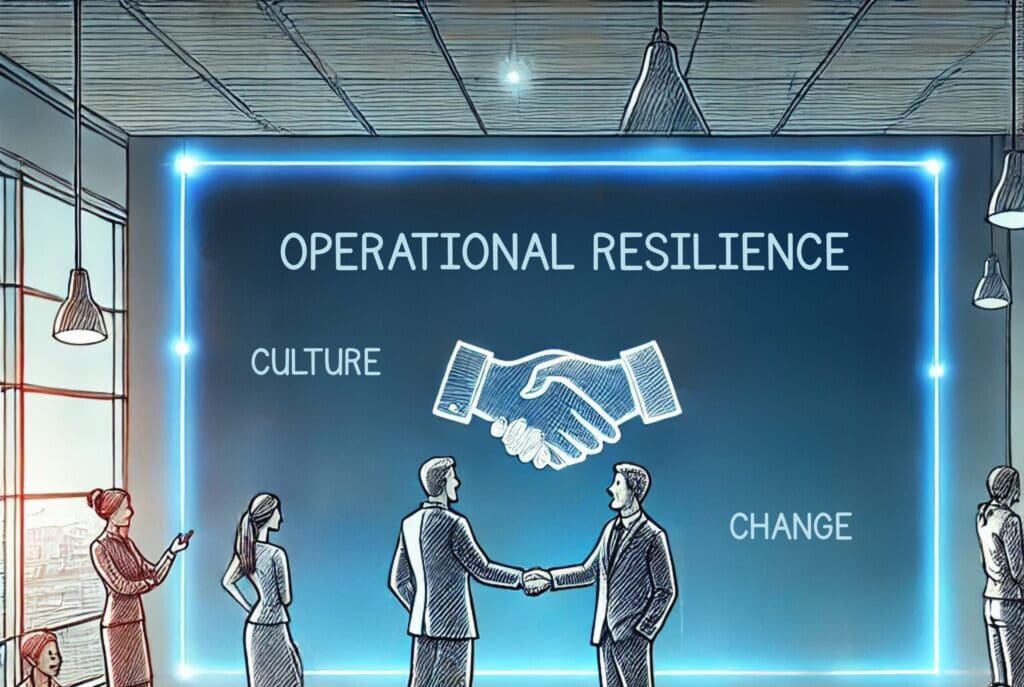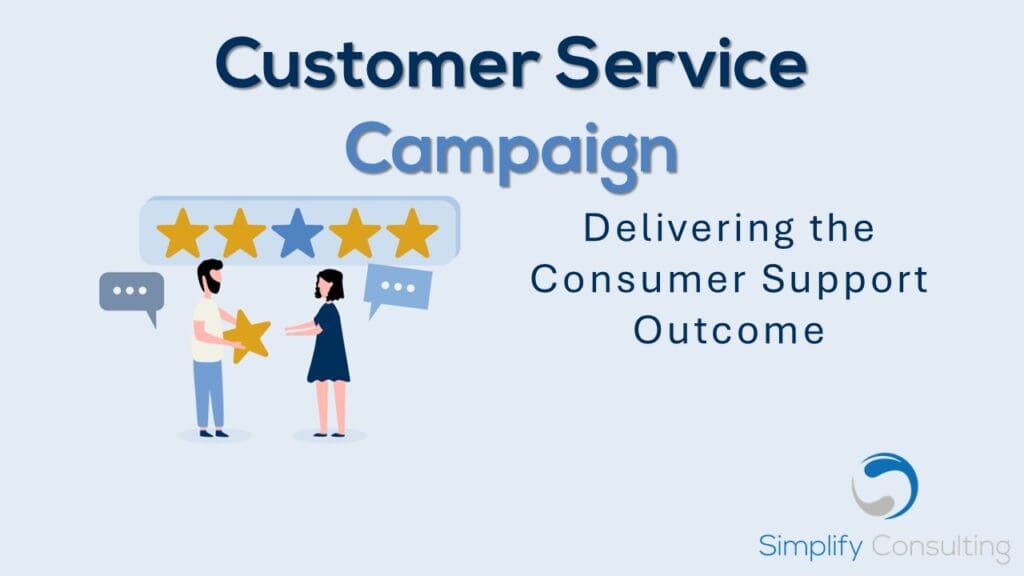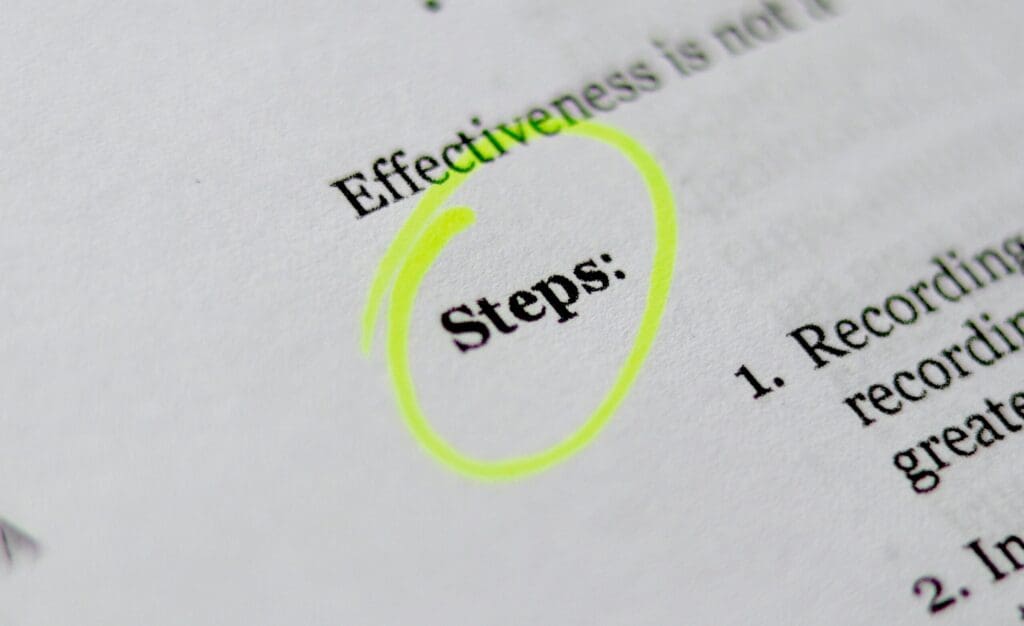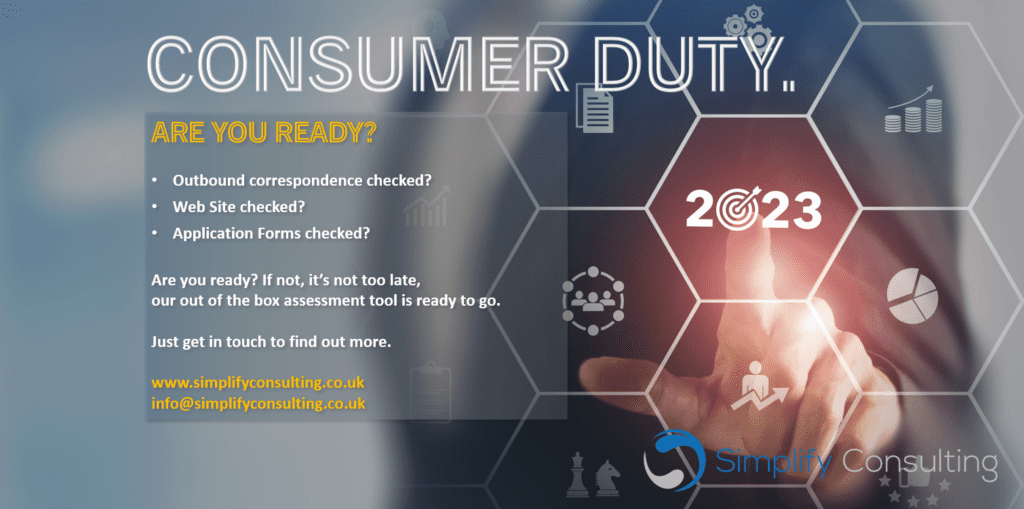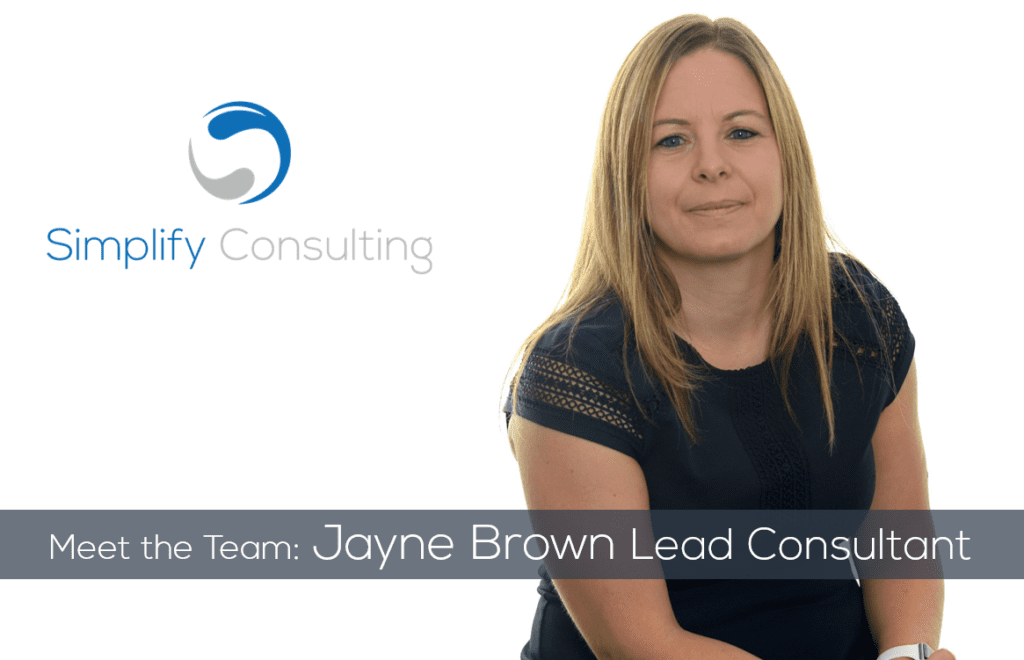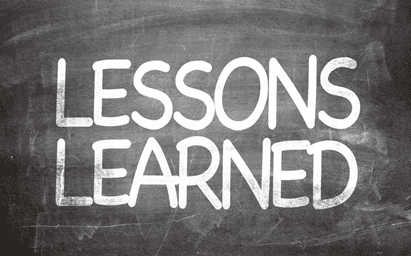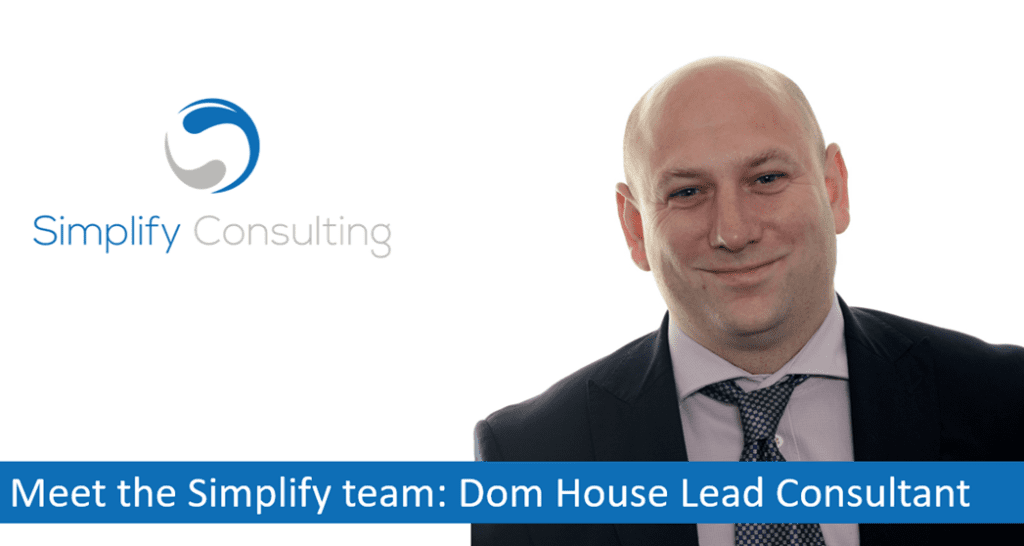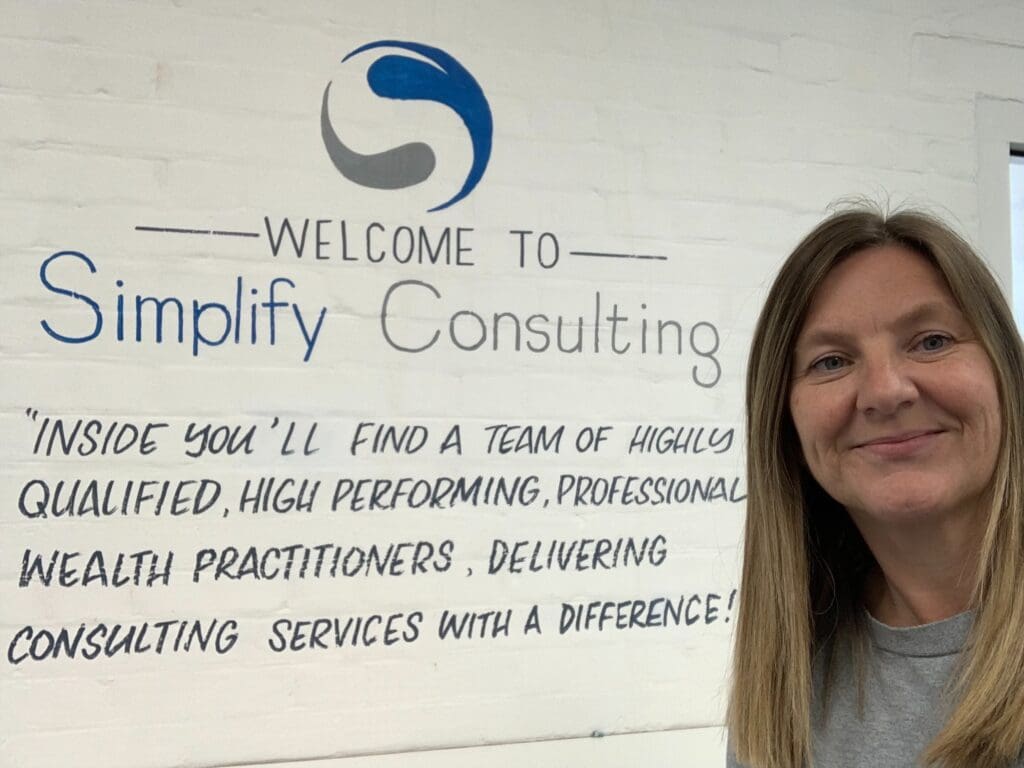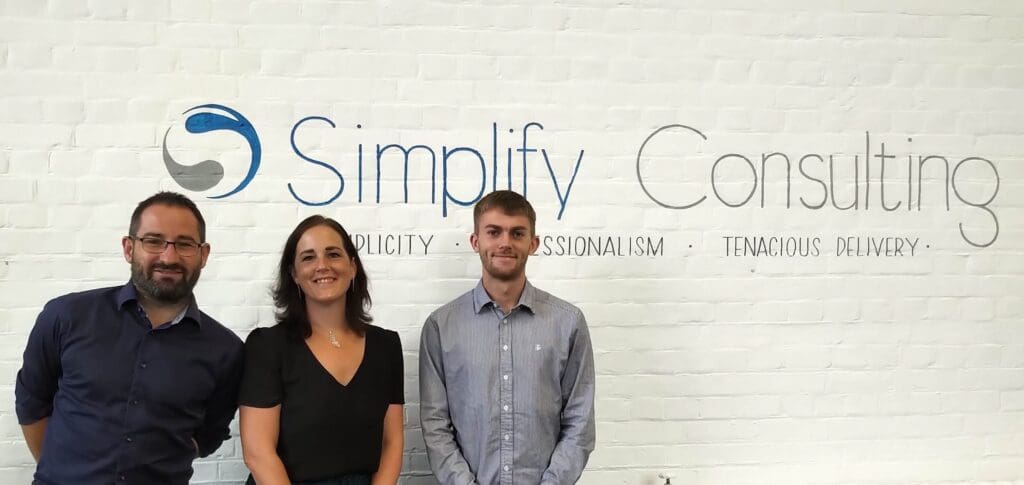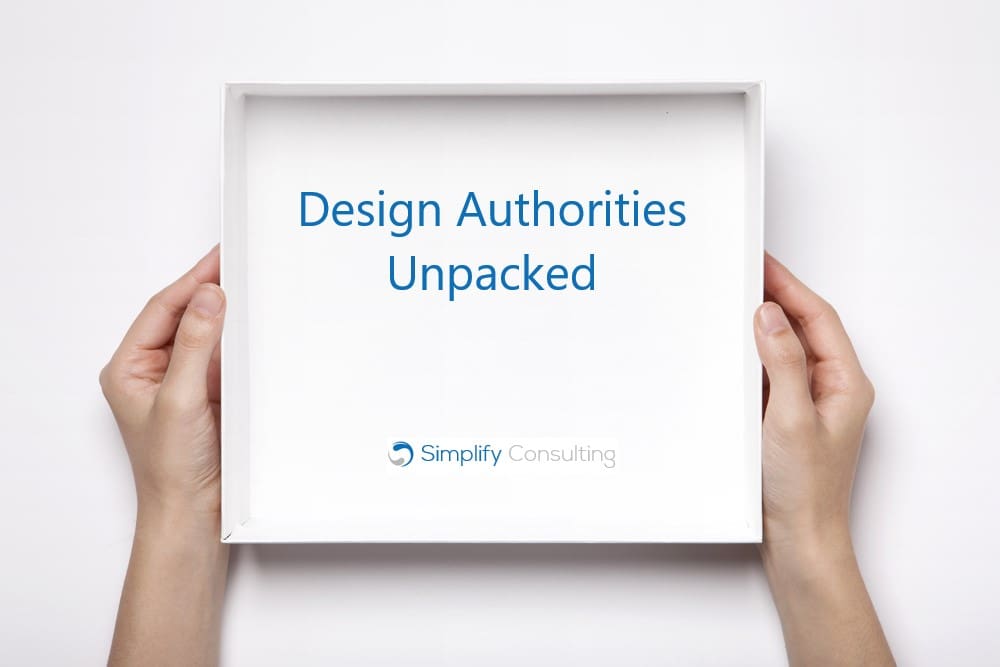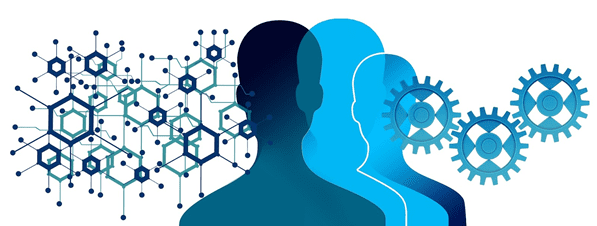
Change in business can provide many different benefits. Improvements to processes and systems, automation of manual tasks, improved customer service, cost savings, increased revenue, or meeting regulatory requirements – I could go on.
Many businesses have dedicated teams in place to oversee and ensure change is delivered consistently and effectively. I’ve found that when a business has embedded a strong change culture from the board downwards, it can help create success and opportunities.
I’ve now worked within business change for many years and really enjoy the journey of taking an initial idea and implementing something that will ultimately provide a benefit. I’ve also worked with many people that share the same passion.
Having said that, I’ve seen on many occasions where people react negatively to change, as it can make them feel concerned, angry, resistant, and uncomfortable.
I think the below picture demonstrates the different reactions change can evoke in people. Some may experience all these throughout the journey. Everyone is different and it can be difficult finding the right balance to help mitigate negative reactions, which could make the delivery more difficult.

In my experience there are usually three categories within an organisation.
- People who drive and embrace change
- People who ‘go along’ with change
- People who fear and resist change
There was a point where I would have put myself into Category three!
I had been working in an operational customer service role for a few years and the processes we had in place were very manual. We had piles of paperwork organised in filing cabinets, which were made up of customer claim forms, documentation, and letters.
Some processes took a considerable amount of time; however I was comfortable with my role and the team was delivering within the set service levels. I felt we had set up a good process within the team and everyone was clear on their day-to-day role.
It was around 2008 when our manager announced there will be some changes to the way we work. A new scanning system was going to be implemented, which meant we could remove all the manual paperwork from the office and store it on an online system.
I must admit that I didn’t see the need to change.
What if the new system is complex and difficult to use? Why do we need to change something when we consistently deliver within service level under the current process? I was concerned I would no longer be able to perform in my role.
There were others in the team who reacted differently. Some couldn’t wait to get the new system in and move away from manual files.
Ultimately the new system was implemented, and I adapted to the new way of working. I felt the most important aspect of helping me through the change was the communication from the project leads. It had clearly been well thought out and planned – we had demo’s, training sessions, Q&A’s, and a support network to help make the experience of changing the way we work as easy as possible.
I believe this went a long way to help me start to embrace the change and look forward to the new system. I was keen to learn and understand how this will impact my role and the benefits it will bring to the team.
This was a catalyst that got me interested in change. I moved into a role, with the same company and helped deliver many process improvements and system automations for the team. I could see the impact these were having across the business, and I am now someone who can adapt to changes that directly affect me.
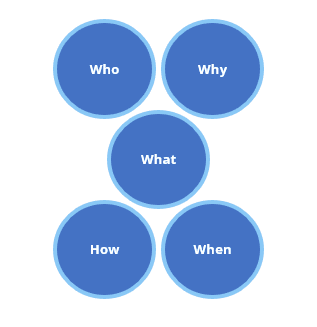
Having worked within change for over 10 years I often think back to how I felt when I was first told that we were introducing a new system and how this was communicated.
There will always be different reactions and I understand that there will be people who will never be fully comfortable with change. I have often seen these reactions in operational areas, as these are the end users and will be most affected by change. It may be daunting for people to transition from a manual process if they do not have much experience with online or automated systems
I am a strong advocate of communication planning and feel it is critical to help people through the journey. Taking the time to understand your stakeholders can really help determine what information they will need from you to help the transition.
When planning I always consider the following: –
- Who are my stakeholders?
- Why communication is important to them?
- What do they need to know?
- How should communications be delivered?
- When should communications be issued?
This can take some time, particularly if there are many people that need to know about the change, how it is progressing, and the impacts. However, I find that breaking this down and analysing each recipient group can help form a robust and comprehensive plan.
During the analysis I think about the emotional reactions that people may have and look for solutions to help mitigate these. This could be something really simple, such as daily check-in calls, which can be used to answer questions and provide progress updates.
Some people will not be interested in the overall benefits, such as cost savings. I find that tailoring the communications to keep information relevant and keeping the messaging as positive as possible can help remediate negativity.
Ultimately, it should be the people that are leading the change that are responsible for managing the journey.
A positive experience could help someone change their entire view on change and even start to embrace it.
Further information
Here at Simplify Consulting we have a team of people who are passionate about change and have many years’ of experience. If you’d like to know more about how we can help deliver change, please get in touch with us using [email protected]
..

Dean Bartlett
Wealth Consultant










